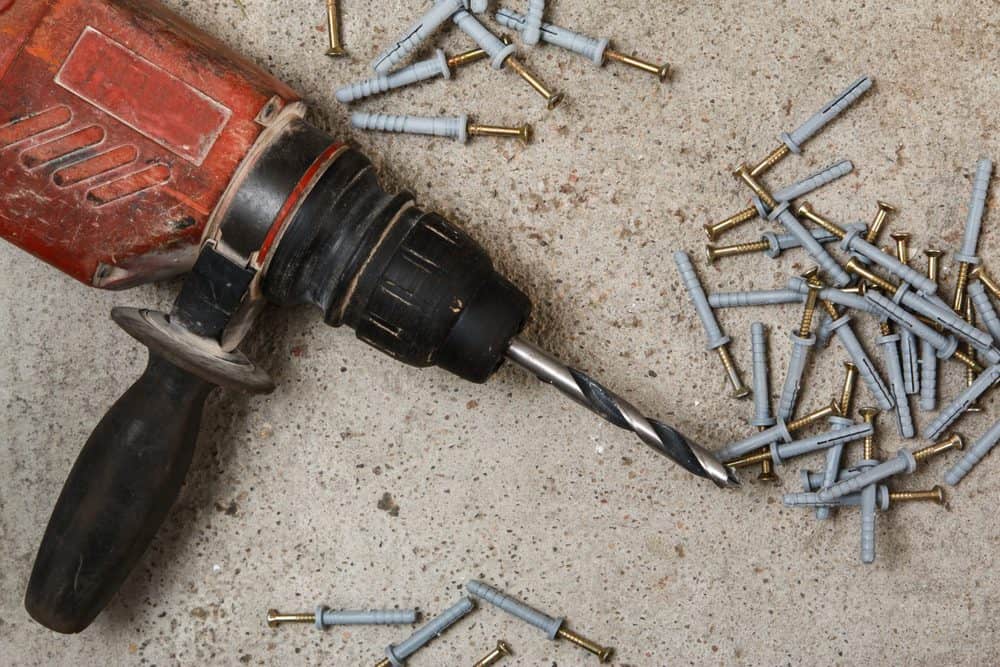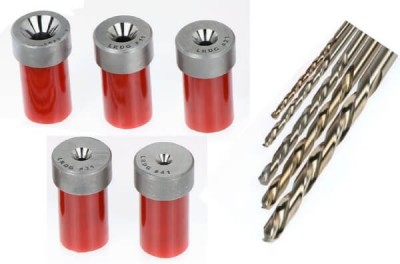

( November 2022) ( Learn how and when to remove this template message) Unsourced material may be challenged and removed. Please help improve this section by adding citations to reliable sources. However, it is much more capable of supporting shear loads (loads perpendicular to the axis of the shaft).įastenings used in traditional wooden boat building, such as copper nails and clinch bolts, work on the same principle as the rivet but were in use long before the term rivet was introduced and, where they are remembered, are usually classified among nails and bolts respectively. To distinguish between the two ends of the rivet, the original head is called the factory head and the deformed end is called the shop head or buck-tail.īecause there is effectively a head on each end of an installed rivet, it can support tension loads. In other words, the pounding or pulling creates a new "head" on the tail end by smashing the "tail" material flatter, resulting in a rivet that is roughly a dumbbell shape. On installation, the rivet is placed in a punched or drilled hole, and the tail is upset or bucked (i.e., deformed), so that it expands to about 1.5 times the original shaft diameter, holding the rivet in place. The end opposite the head is called the tail. Before being installed, a rivet consists of a smooth cylindrical shaft with a head on one end. Brown (December 2014).Ī rivet is a permanent mechanical fastener. Use the same method on each rivet in turn to finish securing the metal together.Permanent mechanical fastener Solid rivets Sophisticated riveted joint on a railway bridge Riveters work on the Liberty ship SS John W. Step 6 - Repeat ProcessĪfter you have finished with the first rivet, you can then continue to put the rest of the rivets into place. In the meantime, you will need to use a bucking bar, or some type of flat metal bar, to hold the rivet head in place. When this happens, the rivet will have a stronghold. They will need to place the air hammer bit on the end of the solid rivet to easily hammer it flat onto the metal surface. Get a volunteer to work on the other side of the project with an air hammer. You will want to work one at a time until they are all fastened in place. Once the holes are all drilled, you can then begin to insert the rivets. Once the holes have been completed, you should go over them with a very light coating of oil to prevent any rust from developing. Using the same diameter drill bit as the solid rivets, drill through the pieces you’re joining. They should be spaced every couple of inches for the best holding power.

Use a marker, or a piece of chalk, to draw on your piece where the rivets should go.
#Buck rivet drill install#
When you install rivets into metal, they are slid through a hole that is already there, so you have to make these holes yourself. Hold pieces together with clamps once you’re certain you’re set so you can move onto the next step.

Make sure that they are perfectly in place, as you will not be able to take them apart without breaking the rivets if there is a mistake. Before you get to the installation of the rivets themselves you will need to line up the two pieces that you want to join together.


 0 kommentar(er)
0 kommentar(er)
